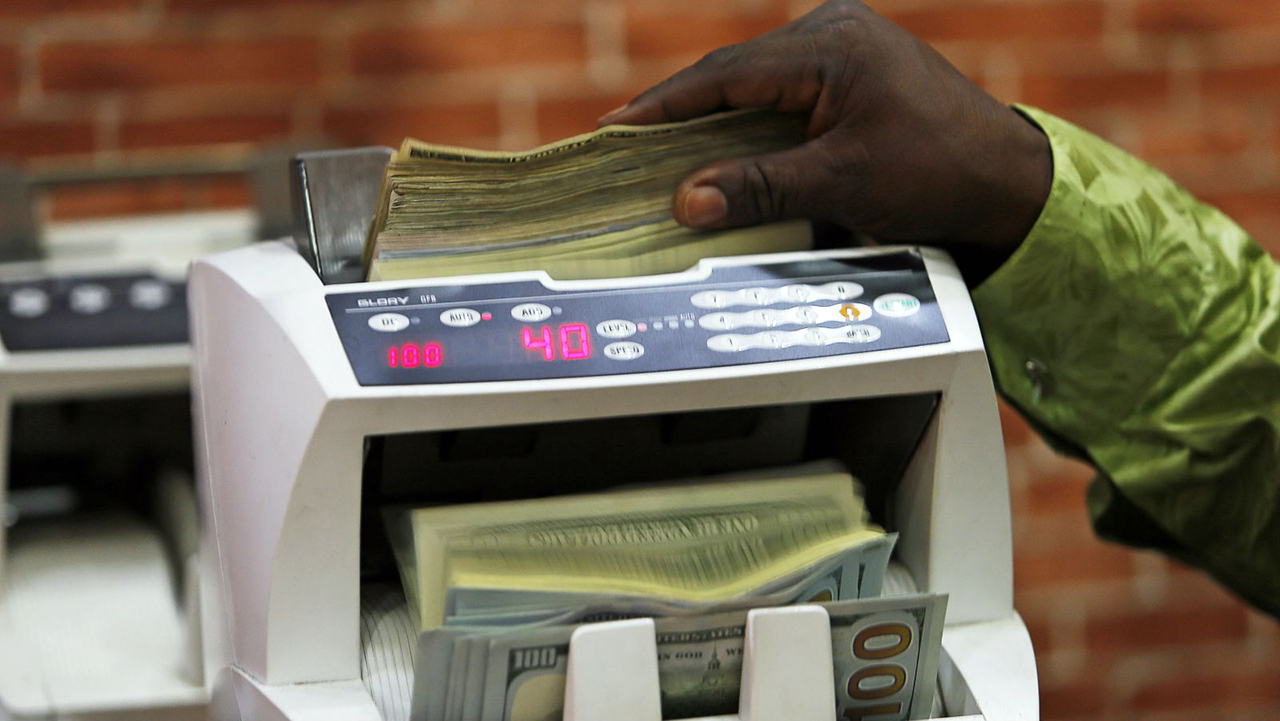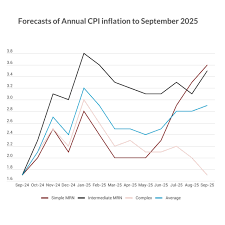Currency fluctuations are among the most significant factors influencing the dynamics of international trade. They determine the competitiveness of exports, affect import costs, and shape investment decisions across the globe. Understanding how currency values shift and how these movements impact economies is essential for policymakers, corporations, and investors aiming to navigate today’s interconnected world.
Exchange rates—often seen as mere financial indicators—serve as powerful reflections of a nation’s economic health, inflation levels, and political stability. Yet beyond these numbers lies a web of cause-and-effect relationships that shape global commerce in real time.
Read Also: Panduan Lengkap UU Pelestarian Budaya di Indonesia
Understanding Currency Fluctuations
Currency fluctuation refers to the change in the value of one country’s currency relative to another. This variation arises due to multiple macroeconomic and geopolitical factors—interest rates, inflation, trade balances, government debt, and political events all play critical roles.
When a nation’s currency appreciates, its exports become more expensive for foreign buyers, while imports turn cheaper for domestic consumers. Conversely, a depreciation makes exports more competitive abroad but raises the cost of imports. These shifts are not mere economic curiosities; they directly influence employment, corporate profits, and inflation trends.
Floating exchange rate systems—used by most major economies—allow market forces to determine currency values. In contrast, pegged systems fix a currency’s value to another, usually the US dollar, providing stability but limiting monetary flexibility. Emerging economies often struggle to balance between these approaches, as volatility can threaten financial stability.
Key Drivers Behind Exchange Rate Movements
1. Interest Rate Differentials
Interest rates have a profound influence on currency strength. Higher interest rates attract foreign investment by offering better returns, which increases demand for the local currency. When central banks, such as the Federal Reserve or the European Central Bank, raise rates, global capital tends to flow toward those economies, strengthening their currencies.
Conversely, rate cuts often lead to outflows and depreciation. For example, when the Federal Reserve maintained higher rates in 2024–2025, the US dollar remained relatively strong, making imports cheaper but hurting American exporters.
2. Inflation and Purchasing Power
Low inflation generally supports a strong currency because it preserves purchasing power and investor confidence. On the other hand, high inflation erodes currency value, as seen in countries with unstable fiscal policies. This phenomenon can spark a vicious cycle: a weaker currency makes imports more expensive, which further drives inflation.
3. Trade Balances
A nation with a trade surplus tends to experience currency appreciation due to increased demand for its goods and services. The opposite occurs for countries with persistent trade deficits, where more local currency is exchanged for foreign currency to pay for imports. Over time, this imbalance can weaken the domestic currency and alter global trade flows.
4. Political Stability and Market Confidence
Political uncertainty, elections, or social unrest often trigger capital flight, weakening the currency. Investors seek safer markets with predictable policies. This pattern became evident in several developing nations where political turbulence led to sudden devaluations. Stable governance, by contrast, enhances currency credibility and attracts long-term investments.
The Impact of Currency Fluctuations on Global Trade
Export Competitiveness
For exporters, currency movements can make or break profitability. When a domestic currency weakens, exported goods become cheaper for foreign buyers, stimulating demand. This scenario benefits sectors like manufacturing, agriculture, and tourism.
However, if the currency strengthens, exporters face reduced competitiveness as their goods become relatively expensive abroad. Major exporters like Japan and South Korea continuously monitor exchange rate trends to maintain global market share.
Import Costs and Inflation
Currency depreciation increases the cost of imported goods, from raw materials to consumer products. For developing economies reliant on imports, this can trigger inflationary pressures. Conversely, a strong currency lowers import prices, helping to control inflation but potentially hurting domestic producers competing with cheaper foreign goods.
Investment and Capital Flows
Foreign investors are sensitive to exchange rate volatility. Stable or appreciating currencies attract investment by ensuring better returns when profits are repatriated. Yet unpredictable fluctuations create uncertainty, prompting investors to demand higher risk premiums or to relocate their assets elsewhere.
Debt Repayment and External Liabilities
Countries or corporations with debt denominated in foreign currencies face increased repayment burdens when their domestic currency weakens. This scenario has historically led to financial crises in emerging markets, such as the Asian Financial Crisis of 1997, where currency depreciation sharply inflated debt levels.
Currency Wars and Competitive Devaluation
In a globalized economy, countries sometimes intentionally devalue their currencies to boost exports and employment—a tactic known as competitive devaluation or a “currency war.” While short-term benefits may arise, prolonged devaluation risks retaliatory actions from trading partners, inflation, and diminished investor confidence.
China, for instance, has often faced scrutiny over alleged currency manipulation to sustain its export competitiveness. Similarly, smaller economies occasionally resort to controlled depreciation to protect domestic industries, but such strategies can backfire if not managed prudently.
Read Also: Generasi Z: Penjaga Tradisi, Modernitas, dan Tantangan Budaya
Managing Currency Risks in International Trade
1. Hedging Strategies
Businesses exposed to foreign exchange risk often use financial instruments such as forward contracts, futures, and options to hedge against unfavorable currency movements. By locking in exchange rates, companies can stabilize revenue and protect profit margins despite market volatility.
2. Diversification of Markets and Suppliers
Firms trading across multiple countries can mitigate risk by diversifying export destinations and supplier bases. If a particular market faces currency depreciation, other regions might offset the impact. This approach ensures operational flexibility and resilience.
3. Central Bank Interventions
Central banks frequently intervene in currency markets to stabilize their national currencies. Through the purchase or sale of foreign reserves, authorities attempt to curb excessive volatility and maintain export competitiveness. While interventions can offer short-term relief, they are often costly and unsustainable in the long run.
4. Policy Coordination
Global economic stability requires coordination among nations, especially during financial crises. Institutions such as the International Monetary Fund (IMF) and the World Bank advocate for cooperative monetary policies that reduce the risk of competitive devaluations and foster trade balance.
Case Study: The Dollar Dominance and Its Ripple Effect
The US dollar remains the world’s primary reserve and transaction currency. Its fluctuations carry global implications—from commodity pricing to debt settlements. When the dollar strengthens, emerging economies often face capital outflows, rising import costs, and weakening local currencies. Conversely, a weaker dollar stimulates global trade by making commodities and goods cheaper in other currencies.
For example, in 2024, as the dollar surged against major currencies, developing countries experienced reduced export revenues and higher debt burdens. This underscores how intertwined global economies have become, where one country’s monetary policy can influence the rest of the world’s trade patterns.
Future Outlook: Navigating an Era of Volatility
In the next decade, currency volatility is likely to remain a central concern for global trade participants. Factors such as technological innovation, geopolitical realignments, and climate-related disruptions will continue to shape monetary policy and exchange rate dynamics. Digital currencies, including central bank digital currencies (CBDCs), may introduce new variables into global trade, potentially altering traditional exchange systems.
For policymakers and corporations alike, adaptability will be key. Developing robust risk management frameworks, diversifying trade portfolios, and investing in financial literacy will enable nations and firms to thrive amid uncertainty.
Conclusion
Currency fluctuations are not merely financial metrics—they represent the heartbeat of global economic interaction. From influencing trade flows to shaping policy decisions, their ripple effects touch every aspect of modern commerce. By understanding and managing these fluctuations effectively, the global community can create a more stable, equitable, and interconnected trading system.



